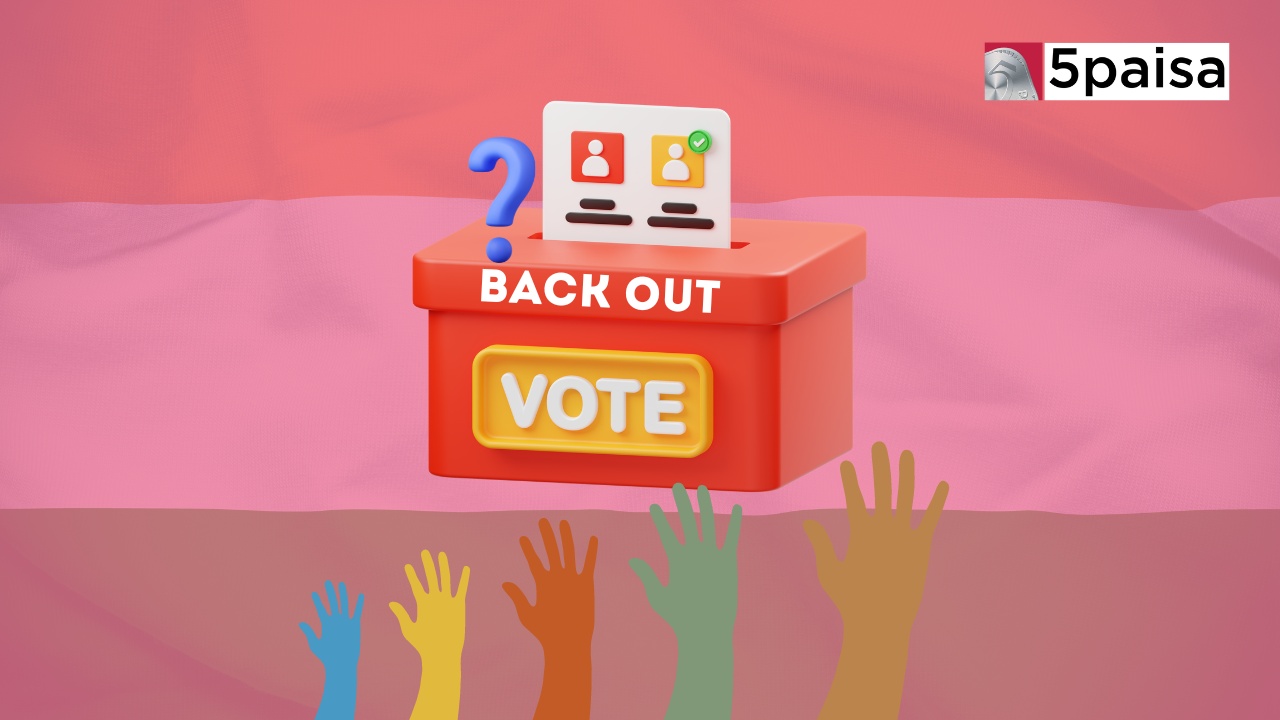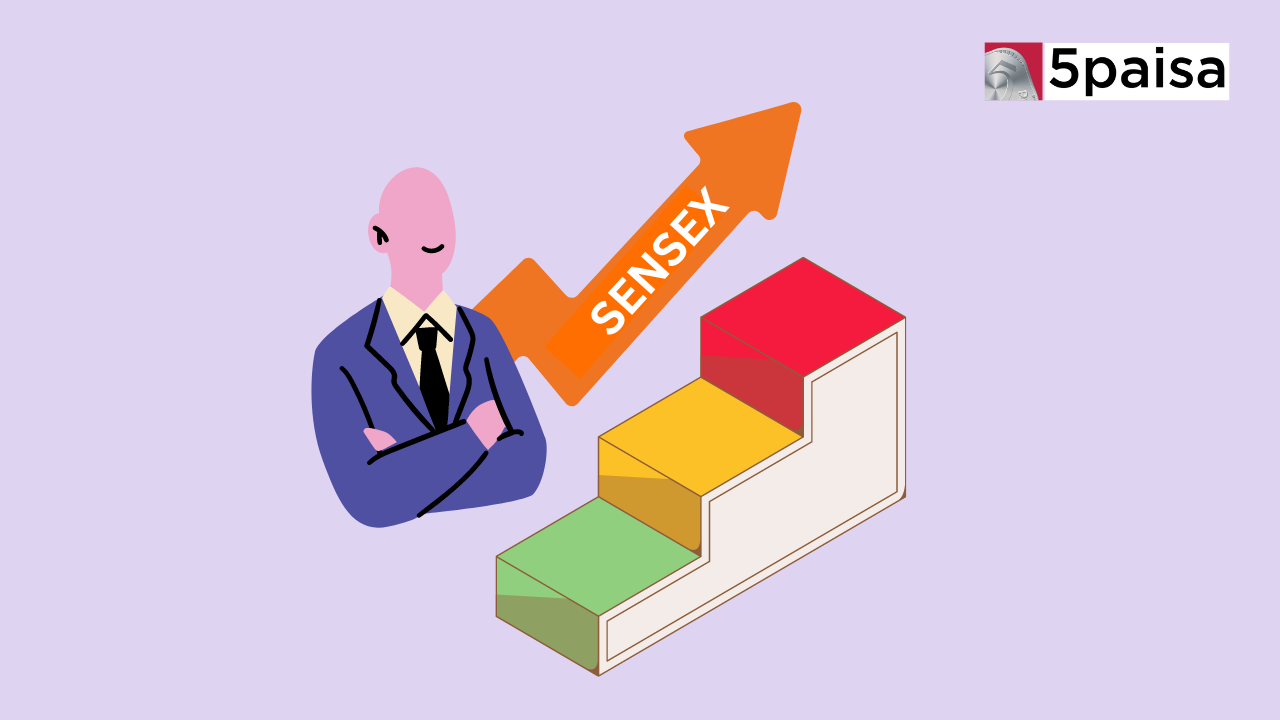List Of Maharatna Companies In India
Why Youth Participation in Voting is Low?

Last Updated: 22nd May 2024 - 03:25 pm
Five explanations for India's declining voter turnout are covered in Blog. In general, First, lot of affluent & urban residents believe voting has little bearing on their life as they don't depend on government. Second, migration has caused large number of people to leave their hometowns. Third, voters from younger & middle classes frequently find it difficult to relate to politicians who are criminals, feudal lords, or celebrities who lack policy expertise. Fourth, some people pretend to be protesting system by not casting ballot, but in reality, they are ignorant of issues or candidates. Fifth, there hasn't been complete success in using celebrities & modern technology to encourage voting.

Image Source: ET
18th Lok Sabha elections, taking place on Friday, highlight concerning trend: less than 40 per cent of voters aged 18 to 19 have registered to vote in 2024 elections, according to Election Commission of India. This low registration rate is particularly evident in states like Delhi, Bihar, & Uttar Pradesh, which have large youth populations. This report examines reasons behind youth's hesitation to vote, challenges they face, & possible solutions government can implement to engage this crucial demographic.
Low turnout in Mumbai amid complaints of slow voting
Despite energetic campaign for 13 highly contested seats in fifth & final phase of Lok Sabha elections in Maharashtra, Mumbai Metropolitan Region (MMR) saw low voter turnout, plagued by complaints of missing names, inadequate facilities, & slow voting procedures, with Shiv Sena (UBT) & Congress raising concerns.
Maharashtra had recorded 49.01% average polling as of 6 p.m., lowest among all States which voted on Monday, lower than 55.38% turnout in 2019.
Of 13 constituencies spread across Mumbai region & north Maharashtra, highest turnout was at Dindori in Nashik district at 57.06%, while lowest was in Kalyan in Thane district at 41.70%, according to provisional data from Election Commission (EC). Among other seats,
-Palghar recorded 54.32% polling,
-Nashik 51.16%,
-Bhiwandi 48.89%,
-Dhule 48.81%,
-Mumbai North 46.91%,
-Mumbai North Central 47.32%,
-Mumbai North East 48.67%,
-Mumbai North West 49.79%,
-Mumbai South 44.22%,
-Mumbai South Central 48.26% &
-Thane 45.38%, shows EC data.
What are Reasons for Low Youth Participation?
1. Perceived Irrelevance of Political Agendas
Many young voters feel that politicians & political parties do not address issues that matter to them. This perceived disconnect discourages them from participating in electoral process.
2. Lack of Political Education
education system does not adequately prepare young people to understand significance of their vote. Schools fail to encourage reflection & analysis on political matters, leaving students ill-equipped to make informed decisions.
3. Disillusionment with Political Process
Young voters often lack faith in top-down approach of politics. They feel that their voices are not heard or valued within current political framework.
4. Societal & Generational Factors
Today's youth have grown up witnessing societal unrest & are heavily influenced by internet & social media. This digital engagement, while high, does not translate into physical voter turnout.
What are Challenges Faced by Young Voters?
1. Inadequate Information & Guidance
Young voters are not provided with clear information about political process & impact of their vote. There is no "guidebook" to help them navigate complexities of political systems & their personal significance.
2. Limited Youth-Centric Agendas
Political campaigns often overlook issues pertinent to young adults, such as higher education subsidies, quality employment opportunities, & healthcare. This lack of focus reduces their interest in voting.
3. Technological Barriers
Despite being digital generation, young people find traditional voting process inconvenient. lack of online voting options is significant barrier for them.
4. Stereotyping & Misunderstanding
youth are often stereotyped as apathetic & lazy, which does not align with their actual engagement in social issues & activism. This misunderstanding can alienate them from traditional political participation.
What Government can do as Interventions & Solutions
1. Enhance Political Education
Schools should incorporate comprehensive political education into their curriculum, focusing on importance of voting, political system, & impact of electoral decisions. Encouraging critical thinking & reflection on political matters can better prepare young voters.
2. Engage Youth in Political Campaigns
Political parties should actively address issues that matter to young people, such as education, employment, & climate change. Including youth representatives in political discourse can also make them feel more included.
3. Implement Online Voting
Given high digital engagement of young people, government should consider secure online voting options. If financial transactions can be securely conducted online, voting can also be made secure & accessible through digital means.
4. Create Awareness Campaigns
government & non-governmental organizations should run awareness campaigns targeting young voters, explaining importance of their vote & how it can influence their future. Social media platforms can be effectively utilized for these campaigns.
5. Address Practical Barriers
Simplifying voter registration process & making it more accessible can help increase youth participation. Providing easy-to-understand resources about different political parties & their agendas can also aid young voters in making informed choices.
Summary
Young voters are vital part of democratic process, & their participation is crucial for future of any nation. By understanding & addressing reasons for their low turnout & challenges they face, government can implement effective measures to engage them. Enhanced political education, youth-centric political agendas, secure online voting, & targeted awareness campaigns are essential steps to ensure that voices of young voters are heard & valued in electoral process. Encouraging their participation not only strengthens democracy but also ensures that their unique perspectives & needs are represented in government.
- Flat ₹20 Brokerage
- Next-gen Trading
- Advance Charting
- Actionable Ideas
Trending on 5paisa
Indian Stock Market Related Articles
Disclaimer: Investment in securities market are subject to market risks, read all the related documents carefully before investing. For detailed disclaimer please Click here.
 Sachin Gupta
Sachin Gupta
 5paisa Research Team
5paisa Research Team




